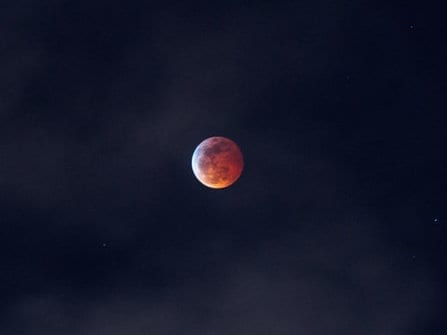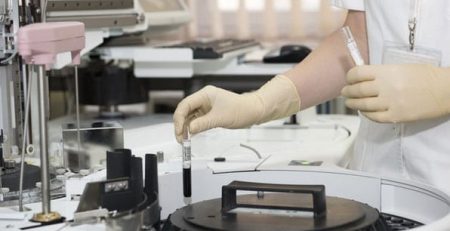NASA Finds Large Amounts of Water on the Moon
In a paper published in Nature Astronomy researchers using NASA’s Stratospheric Observatory for Infrared Astronomy (SOFIA), an infrared telescope mounted inside a 747 jumbo jet, confirmed, for the first time, water on the sunlit surface of the Moon. “This discovery indicates that water may be distributed across the lunar surface, and not limited to cold, shadowed places,” according to a statement from NASA.
“This discovery reveals that water might be distributed across the lunar surface and not limited to the cold shadowed places near the lunar poles,” Paul Hertz, the director of NASA’s astrophysics division, said during a news conference on Monday, according to The New York Times.
This paper was released the same day as another study released by a different group of researchers which reported that “in addition to big, frigid, deep and potentially treacherous craters in the moon’s polar regions, smaller and shallower depressions in the same areas may also be cold enough to hold onto water ice for millions, if not billions, of years. This ice may not only provide water for future astronauts to drink, but may provide water molecules that can be broken apart into hydrogen and oxygen atoms, which could give astronauts something to breathe, as well as rocket propellant.
“Anytime we don’t need to pack water for our trip, we have an opportunity to take other useful items with us,” Jacob Bleachers, chief exploration scientist for the NASA’s human exploration and operations directorate, said.
SOFIA’s results build on years of research focused on examining the presence of water on the Moon. Prior to SOFIA, however, no lunar spacecraft, present or planned, has been able to identify water at particular wavelengths.
“Prior to the SOFIA observations, we knew there was some kind of hydration,” said Casey Honniball, the lead author from the University of Hawaii, “But we didn’t know how much, if any, was actually water molecules – like we drink every day – or something more like drain cleaner.”
SOFIA is a joint project of NASA and the German Aerospace Center. Read NASA’s full statement here.














